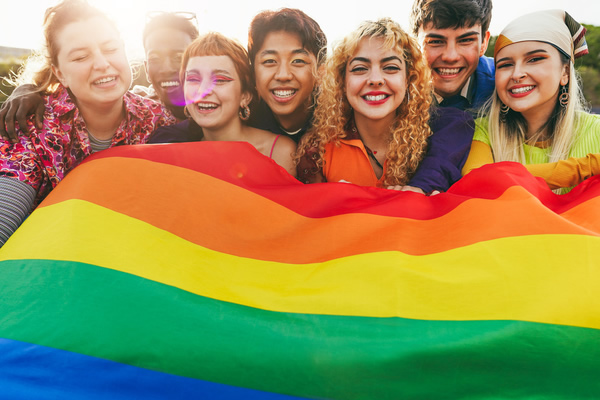Understanding the LGBTQ+ Youth Experience

Mental Health Disparities Among LGBTQ+ Youth
It refer to the inequalities and challenges they face in comparison to their heterosexual and cisgender counterparts, manifested in higher rates of depression, anxiety, self-harm, and suicide attempts. These disparities stem from various factors including societal stigma, discrimination, rejection from family or peers, and lack of access to affirming healthcare.
Addressing these issues requires recognizing the importance of mental health support for LGBTQ+ youth, and ensuring they have access to inclusive and competent mental health services, safe spaces, and supportive communities. By prioritizing mental health support tailored to their specific needs and experiences, we can mitigate the adverse effects of discrimination and promote the well-being of LGBTQ+ youth.
The Role of Acceptance and Support
The Risks of Ignoring Mental Health Needs
Strategies for Providing Mental Health Support
This encompasses a multifaceted approach tailored to address the diverse needs of individuals, especially crucial in marginalized communities like LGBTQ, highlighting the importance of mental health support for LGBTQ individuals. These strategies often involve creating safe and inclusive spaces where individuals feel comfortable expressing themselves without fear of judgment or discrimination. Culturally competent care, which acknowledges and respects the unique experiences and challenges faced by LGBTQ individuals, is essential.
Accessible mental health services, including therapy, support groups, and hotlines staffed with knowledgeable professionals, play a pivotal role in providing timely intervention and support. Education and awareness campaigns aimed at reducing stigma and promoting acceptance within both the LGBTQ community and society at large are also vital components.
Additionally, advocating for policies that protect the rights and well-being of LGBTQ individuals, such as anti-discrimination laws and inclusive healthcare policies, can help create a more supportive environment. By implementing these strategies, we can work towards ensuring that everyone, regardless of sexual orientation or gender identity, has access to the mental health support they need and deserve.
The Role of Cultural Competency
Promoting Mental Health Awareness
Case Studies of Successful Support Programs
Breaking Down Barriers to Access
Mental Health Resilience and LGBTQ+ Youth




